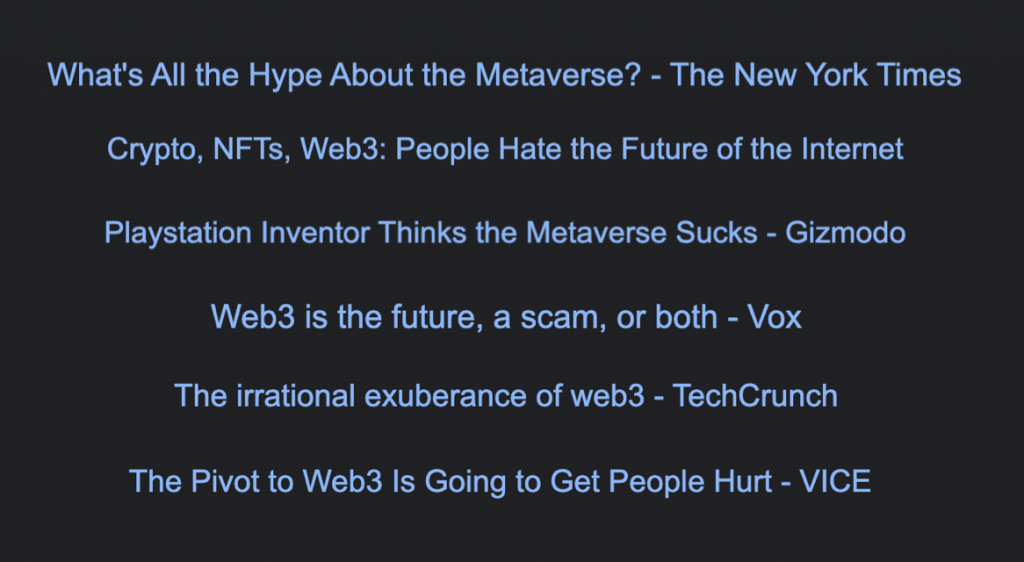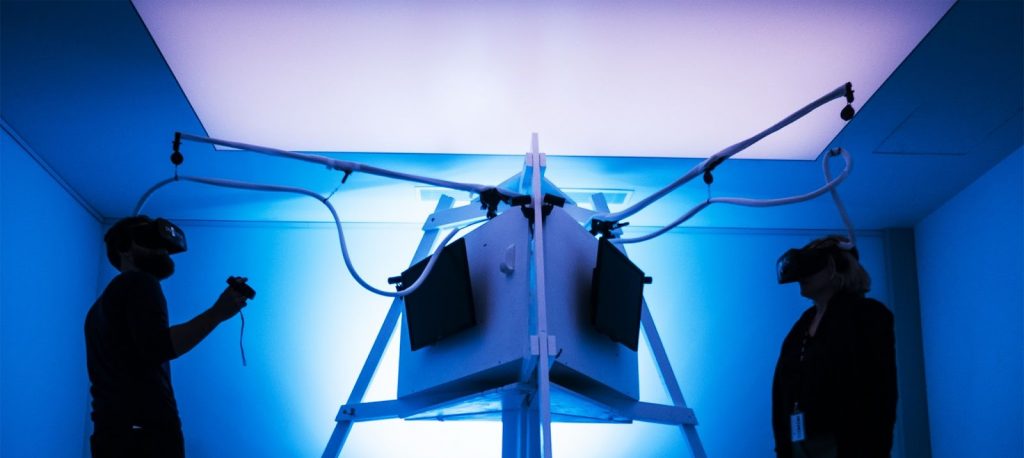
There ground beneath our feet is moving. It’s not a small tremor, either — the kind of fluke that can be explained away as an anomaly or normalised as “quake season”.
We are in the midst of a seismic shift — Web 3.0.
The Start Of Something New
This shift, as the name implies, will be at least as big as the change ushered in by the dot-com era. Can any of us even imagine the world before e-commerce, emails, online meetings, or instant messages? Could the forecasters in fax machine, snail mail offices have predicted the scale of web2.0?
The internet shattered the well-established ‘way things were’ and its multimillion-dollar global infrastructure. Just one change, and everything either transformed completely or collapsed under its own weight.
You only have to look back a little to see what we stand at the cusp of — something everyone is doomed to underestimate. Technological revolution. Web3.0.

What Is Web3.0?
If web2.0 was about letting everyone consume and create information, web3.0 is about letting everyone create their own internet experience — on their own terms. The plummeting trust in the internet and its tech behemoths finally find an answer in the blockchain.
Creating decentralised, democratic networks, secure and anonymous transactions, and an intelligent internet. An internet that is adapted to the user’s wants and needs, instead of being adapted to mine and sell the user’s data.

Already in a post-pandemic world, the importance of web3 technology can’t be underestimated. The utility of virtual spaces and remote lifelike interactions is a game-changer for every individual and industry. Virtual classrooms that allow kids to really learn and participate. Fully functional virtual offices for meetings with global clients and employees. Art and real estate that can be bought and owned by anyone with the capital to buy a small piece of it. The change is already here. Then there’s gaming, concerts, virtual fashion, and record labels — the culture shift. Web3 is going to completely transform every aspect of our lives — from commerce to culture to general human interaction.
It’s easy to dismiss as just a fad, or a bubble, a trend. A space with young companies, opaque lingo, packed with people ready to throw money at the newest thing. Dismissing it is easy, especially from the outside, but costly.
Don’t Swim Against The Tide

Just ask Steven Sasson.
You probably haven’t heard of him but you have definitely used his invention.
If you’ve taken a picture of the sunset on your phone or seen a pixel on a screen, you have Steven to thank — he invented digital photography in 1975 while working for Kodak.
Kodak was already successful, and a giant in the industry. This should have cemented its place as one of the technological, commercial and cultural leaders of the 21st century. Instead, the 2000s brought only humiliations for the camera giant — plummeting profits, stock prices and employment leading to the company filing for bankruptcy in 2012.
What happened?
They dismissed Sasson’s invention because they were too focused on short-term profits and afraid of large-scale change. “Who would ever want to see pictures on a television set? What’s wrong with print? No one has ever complained about print?”
These are the questions that killed Kodak. And worryingly, these are the very same questions people are asking about web3 technologies today.

So no, cryptocurrency isn’t a trend that’ll fade once the buzz dies down, just like paper money didn’t give way to shells and conches again. If the option to experience a movie or a videogame in Virtual Reality is available, screens will quickly become obsolete. When every business uses smart contracts that are more secure, transparent, and fast, those that don’t will suffer. As decentralisation becomes the focus of the new digital age, companies that didn’t adapt early will fall — no matter how big.
Adapting to the New World
Surviving in a changing world requires adopting new technology, and new practices, even if it comes at an upfront cost. Thriving in a changing world requires embracing new and developing technologies, and investing boldly and imaginatively in the future. Here’s a beginner’s guide:
A User-Focused Model
As transparency, privacy, and decentralisation gain primacy as values for users, businesses must reflect this in their practices. Rethinking how they approach, collect and store user data will be key to competing with the rise of DAOs (Decentralised Autonomous Organisations).
Crypto is Currency
E-commerce transactions will change forever as users pivot to anonymous and secure blockchain-based currencies like Bitcoin and Ethereum.
Being Crypto Wallet compatible will become a requirement rather than a quirk. Tokenisation too will cause disruption, and it goes far beyond NFTs.

The ability to buy and own virtual and real goods in fractions will completely change the face of the market — who can buy what and how much, where, and how.
Data Analysis and Brand Strategy
Collecting, organising, analysing and drawing conclusions from data will become synonymous with AI. Computing power is already evolving to predict outcomes and create strategies that even the most experienced employees can’t.
Selling an Experience
The rise of the metaverse will make anything less than a lifelike online experience — 3D, interactive, AR/VR, surround sound — a disappointing relic. Metaverse events and influencers will create a new avenue for branding and marketing, and meta-experiences will make human interaction and business truly global for the first time.
Even these statements will inevitably seem short-sighted and conservative to the web3 natives of the future. However, although everyone can argue about what will or won’t happen, or whether it’s bad or good, one thing’s for sure — web3 is where it will be happening.

The technology and modes of doing business will change, and so will each business as it either catches the web3 wave or is swept away by it. Web3 compatibility is much more than a buzzword, it’s the key to securing a business’ future.

